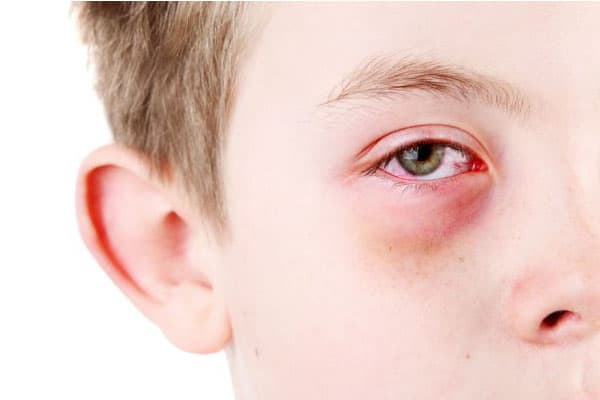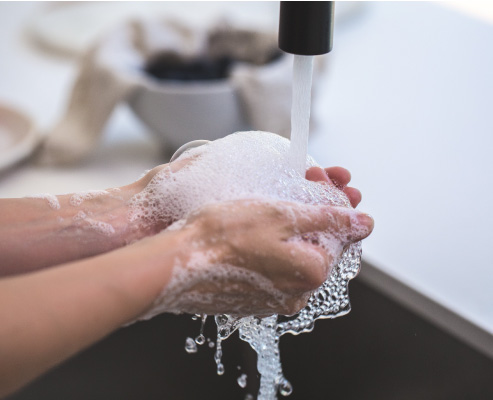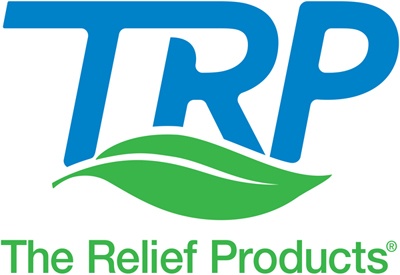Back to school season is an exciting time for kids with new classrooms, new friends, and new routines. But along with sharpened pencils and fresh notebooks, many families also encounter something far less welcome: pink eye.
Pink eye is one of the most common eye related conditions among school aged children. If your child has ever come home with red, itchy eyes soon after school starts, you’re not alone. Here’s why pink eye tends to spike in schools and what you can do to protect your child.
Why Pink Eye Spreads in Schools
1. Close Contact in Classrooms
Children spend hours together in close quarters, sharing supplies, books, and playground equipment. That constant contact makes it easy for pink eye germs to pass from one child to another.
2. Frequent Touching of Eyes
Kids often rub their eyes, especially when they’re tired or dealing with allergies. If their hands aren’t freshly washed, bacteria and viruses can easily spread to the eyes.
3. Weaker Immune Defenses
Back to school season often coincides with the start of cold and allergy season, making kids more vulnerable to pink eye.
How to Recognizing the Signs of Pink Eye in Kids
If your child develops pink eye, you may notice:
Redness in one or both eyes
Itchy or burning sensation
Watery or sticky discharge
Crust forming around the eyelids (especially in the morning)
Complaints of discomfort or sensitivity to light
Pink eye can be viral, bacterial, or allergic. Viral and bacterial forms are contagious, while allergic pink eye is not.

What Parents Can Do
1. Teach Handwashing Habits
Remind kids to wash their hands often, especially before touching their face or eyes.

2. Avoid Sharing Personal Items
Encourage kids not to share towels, pillows, or eye drops with classmates or siblings.
3. Keep Them Home if Needed
If your child’s eye is very red, producing discharge, or causing discomfort, it’s best to keep them home until they’ve been checked by a doctor. This prevents spreading the infection to others.
4. Use Proper Treatment
Viral pink eye usually clears up on its own in a week or two. Over the counter treatments of symptoms include artificial tears, cool compresses and Natural Eyes™ Pink Eye Relief® Tablets.
Bacterial pink eye may require antibiotic eye drops.
Allergic pink eye Over the counter treatments of symptoms include antihistamine eye drops, artificial tears, and Natural Eyes™ Pink Eye Relief® Tablets.
The Bottom Line
Back to school season is prime time for pink eye outbreaks, but a little prevention goes a long way. By encouraging good hygiene, recognizing early signs, and seeking treatment when necessary, you can help keep your child healthy and back in class where they belong.



